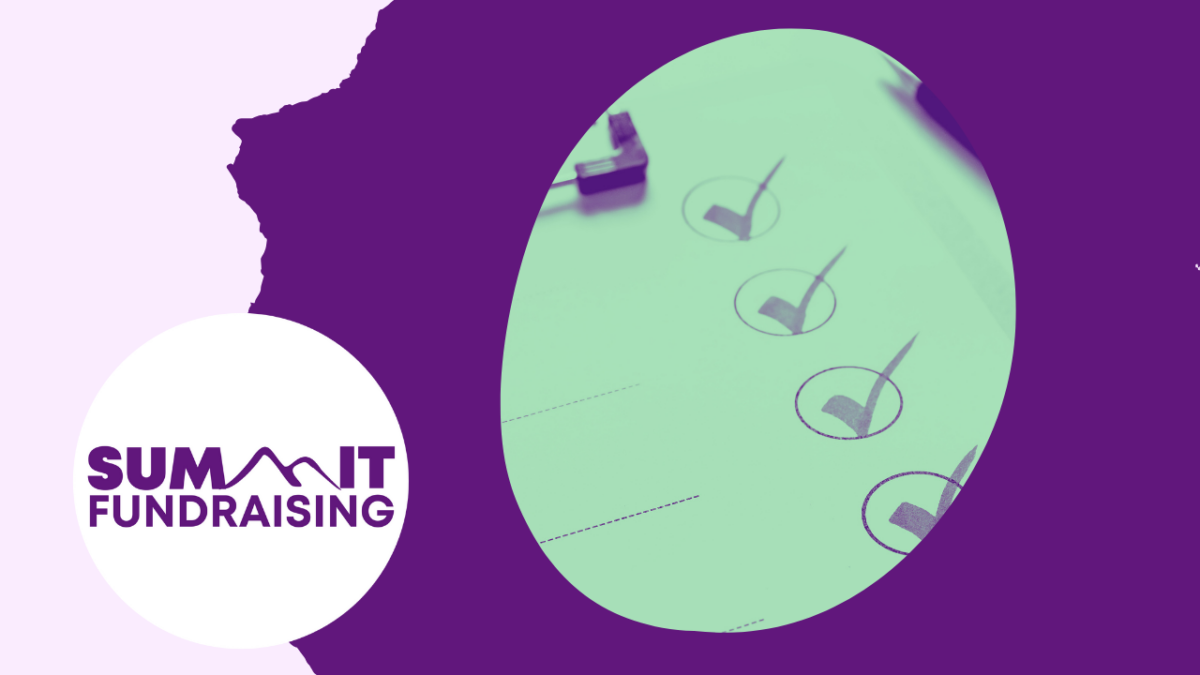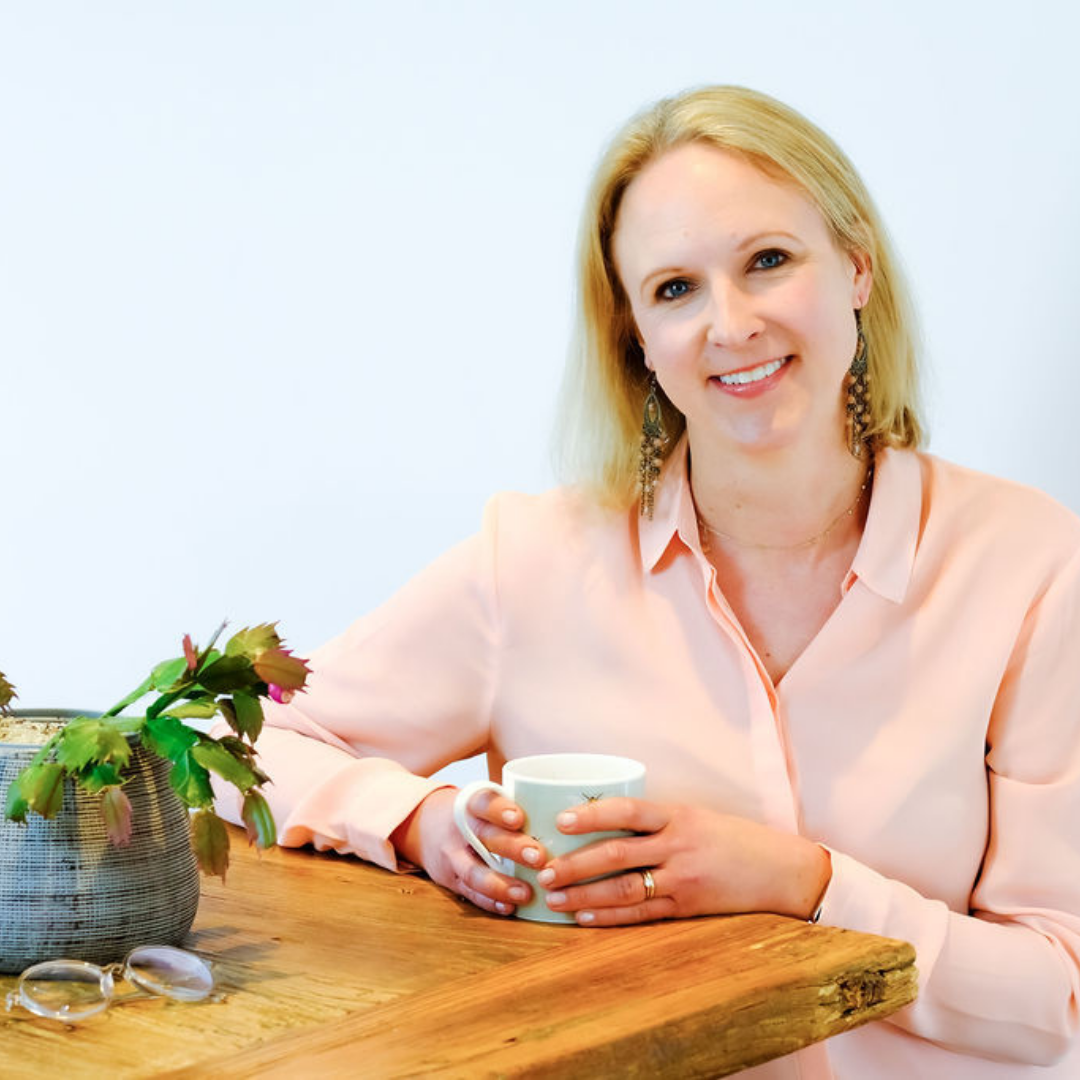Major Donor Fundraising – your simple checklist

Major donor fundraising isn’t about that one big gift. It’s about all the small steps along the way that build great relationships. Those small steps mean you can better understand your donors, and move you to a position where they are inspired and want to give that big gift.
But you’re busy. And sometimes we don’t do the small actions that can make the biggest difference.
Read on for some simple, practical tips you can put into action within a few minutes, to improve your major donor fundraising. From updating your email signature to googling your own cause, here’s a checklist of simple actions, in three clear parts, that can makea huge difference.
PART 1: Hanging on the telephone…?
Imagine the situation:
- You’re a high-net-worth individual, giving to a charity at a low level. You get a charity email update from a fundraiser, thanking you. You read it, and you are moved. You want to have a conversation with someone rather than email back.
- You scroll down the email chain, and you can’t find a phone number for the person.
- You eventually find a number on an old email from the charity, when they invited you to a major donor event.
- You call it, but no one picks up, and it goes to voicemail—the voicemail is out of date, and you wonder if anyone’s checking this number, so you don’t leave a message.
- You go to the organisation’s webpage to find a central number.
- You call that landline number but it rings out…
I have been in this situation more often than I would like. My role involves working with fundraisers and leaders at different charities. At times, I’ve found it impossible to get through on the phone, and I’ve even gone through to a voicemail from someone’s predecessor who left months before.
The thing that worries me is not that it might take me a while to get through to someone, it’s that:
What if I was a major donor, or a potential major donor?
What if I’d received a report or an email update and I wanted to speak to someone?
What if I wanted to give a gift…?What if I wanted to give a large gift…?
I promised some small, quick actions, so here they are:
⬜ Is your email signature set up to be on every external email (not just that first one of the chain) with a phone number for YOU
⬜ Call the numbers on your email signature – what are the voicemails, do they need updating?
⬜ Search for a phone number on your website and call it. Does it get answered in working hours? Is there a voicemail for out of hours?
⬜ Who is checking your charity’s central voicemails and how often? If this is another team, do they know to contact you if the person/query is major donor related?

Louise Morris is the Founder of Summit Fundraising. She is a major donor fundraising specialist and has worked with over 200 charities helping them raise large gifts.
PART 2: Make it easy to be found.
One of the questions I often get asked is how to find “new” major donors that a charity can approach. This proactivity is so important. But today I want to focus on: “How easy is it for major donors to find your charity?”
Why the focus on this?
Many high-net-worth individuals, or their teams, are out there, looking at how they can make a difference to the problems they care about. Some will proactively research organisations that they could support.
- A fundraiser I was supporting was contacted by a “cold” donor, who wanted to discuss the difference a £500,000 gift would make.
- Mackenzie Scott’s team did research on hundreds of organisations, many very small, front-line causes, when she gave away $4.2billion in 4 months during the pandemic.
- Many donors I’ve interviewed, will often visit a charity’s website, wanting to read their impact report or find out more about the leadership.
Yet when I’ve tried to find this information for one charity, it took me more than 10 minutes to find it. With another cause, I never found it.
How quickly and easily can potential donors find your charity and the information they need?
⬜ Google your cause area E.g. support for refugees – where is your charity in the search results?
⬜ Put “annual report” and “impact report” into your website’s search function – how many clicks does it take to reach them?
⬜ How visible is your charity’s leadership team on your site? Check this by using the search function for “CEO”, “Board” or “trustees”.
⬜ If you don’t have a diverse leadership team and Board, are you clearly stating the EDI work you’re doing to improve? You are putting so many potential donors off if you have a homogenous Board or senior team.
Part 3: Reduce diary ping pong
If you haven’t heard of the term “diary ping pong” it involves that slow, sometimes painfully slow, back and forth communication to try and find a mutually convenient date. This can involve whole email or WhatsApp trails that eventually peter out with no date agreed!
Securing conversations with existing and potential major donors is one of the most challenging and rewarding parts of major donor fundraising. It’s essential for success – the charities I work with that build more relationships and ultimately raise more, are the ones that have more meetings.
But it’s not that straightforward. I know this.
Our donors are busy.
They might not have met us before.
And they have busy lives.
There is one simple way however, that you can increase your chances of getting a conversation and get rid of that diary ping pong. Anyone who’s had a virtual chat or a 1-2-1 session with me will know I use a free tool called “Calendly”. I also use it when arranging interviews with philanthropists for my projects – it saves them time and it means they can at a glance, find a time to meet with me that suits their schedule. They can also decide, how they want to meet e.g. Phone, Zoom, or in person.
I LOVE a lot of control over my diary!
But I haven’t had to relinquish that to make it easy for other people, to have more conversations, and to reduce “diary ping-pong” because you don’t have to open up your whole diary when you use a tool like this.

⬜ Why not investigate a free tool like Calendly? Set it up and practice booking a meeting to gain confidence in how it works!
⬜ Next time you’re sending an email, trying to secure a meeting, include a diary link for them to book a time, as well as three suggested dates.
It demonstrates you’re trying to make it easy and simple for them, and most importantly it can make the difference between a game of diary ping-pong that eventually peters out and actually getting that vital conversation. Let me know how you get on, I’d love to hear!
If you want to explore support to raise more large gifts with your major donor fundraising, get in touch.

Louise Morris is the Founder of Summit Fundraising. She is a major donor fundraising specialist and has worked with over 200 charities helping them raise large gifts.
